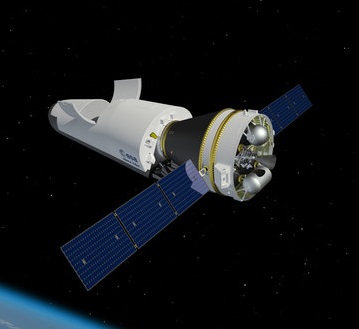
Focus on the history, current challenges and perspectives of the Space Rider
– News of April 25, 2019 –
The development of space shuttles to transport cargo is trendy
Although very secretive, the American autonomous shuttle X-37B seems to be used regularly by the American army for long stays in space. Being able to send a payload into orbit and recover is a very interesting capability, and not just for the military. It is for the moment a competence that Europe does not control, but this situation could change in the years to come.
Since the 1970s, CNES then ESA have been very interested in the concept of space shuttle, an orbital vehicle with certain properties of a rocket and certain properties of an airplane. The main interest of a shuttle is that it is reusable, which in theory must lower the cost of associated missions. With hindsight and the experience of American shuttles, we now know that the reality is more complicated. Europe, like the United States, has therefore dropped the idea of using space shuttles for manned spaceflight.
Cargo transport is however a much less demanding activity. On this side, the concept of space shuttle is experiencing a real renaissance. The Boeing X-37B shuttle has been flying since 2010. In the United States, it should be joined by the Sierra Nevada Dream Chaser within a few years. In Europe, we look forward to the arrival of the Space Rider, a reusable space shuttle that would finally allow Europe to have an independent way to bring payloads from orbit.
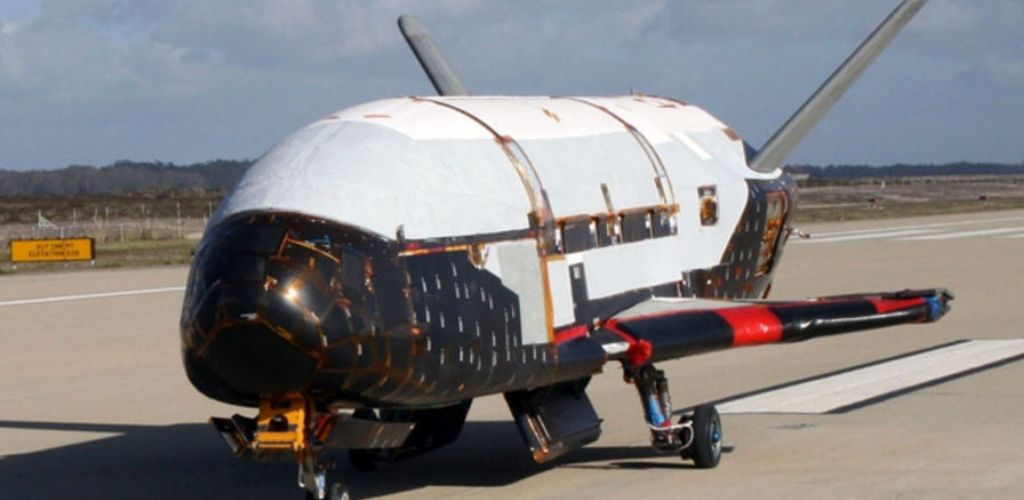
The European space shuttle Space Rider is the heir to the IXV demonstrator
The space shuttle Space Rider is expected to make its first flight in 2021. However, its origin can be traced much further. Europe has long wanted to create an inhabited space shuttle, a project known as Hermes that occupied ESA until the early 1990s. Hermes would have been a lighter vehicle than the US space shuttle. It was launched by an Ariane 5 to replace its upper stage. It is with this type of mission in mind that Ariane 5 has been designed. The European dream of manned flight has never materialized since that time.
ESA, however, has not abandoned its ambition to create a reusable orbital vehicle. In 1998, the third flight of an Ariane 5 was used to launch Atmospheric Reentry Demonstrator. This Apollo-type space capsule was to validate a number of technologies related to atmospheric reentry. The mission was a total success. The heat shield of the space capsule has withstood very well temperatures near 900 degrees Celsius. Its flight systems made it land only five kilometers from the planned point. This success led to the development of a new project in 2005. It was in Italy that the responsible impetus for the IXV (Intermediate eXperimental Vehicle) demonstrator was born.
The idea is to resume the demonstration flight made in 1998 but with a completely different vehicle. IXV is not quite similar to an X-37B shuttle. It is part of a category of space vehicles called the lifting bodies, without wings. Their fuselage is however studied to generate a lift effect at very high speed in the atmosphere. This reduces the constraints during a reentry at orbital speed. The wings are indeed one of the most important heating points for a shuttle-type vehicle. On the other hand, when its speed is sufficiently reduced, a lifting body becomes very unstable. It can not therefore land by gliding like a Dream Chaser or X-37B.
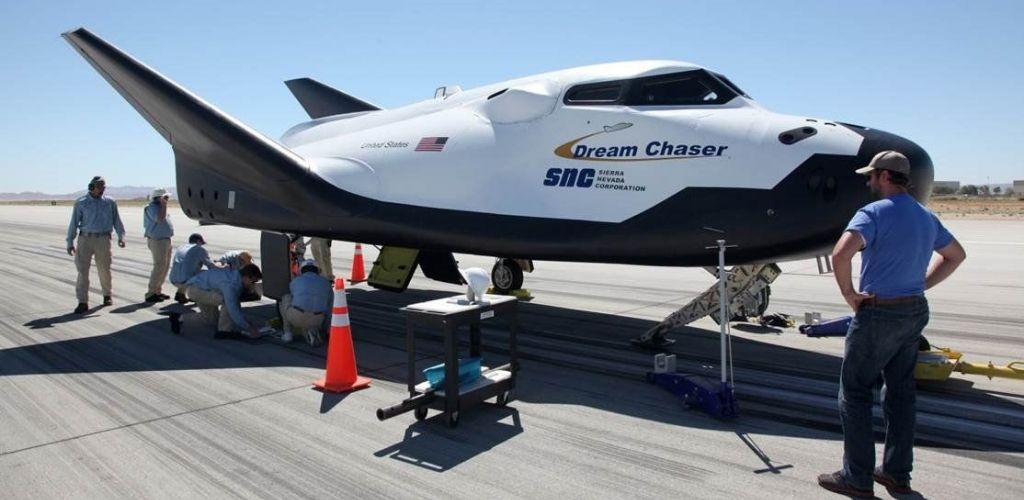
The Space Rider still faces many challenges
The design of such a vehicle has required a lot of new developments for Italy and its European partners. Once again, the heart of the problem is thermal protection. The shape of the IXV is completely different from the shape of the previous demonstrator. The lessons that can be learned from it are therefore limited. In the manner of the American space shuttle, the new European demonstrator must make its return with the nose pointing upwards.
It must also be able to maneuver aerodynamically. For this, it is equipped with two flaps arranged at the back. As it can not land while gliding, it embarks parachutes that must open when its speed is low enough. IXV must then finish its course in the ocean before being recovered.
The demonstrator is also subject to size constraints. It must indeed be able to be placed under the small nose of a launcher Vega, the least powerful rocket available to ESA. IXV must therefore be particularly light and compact.
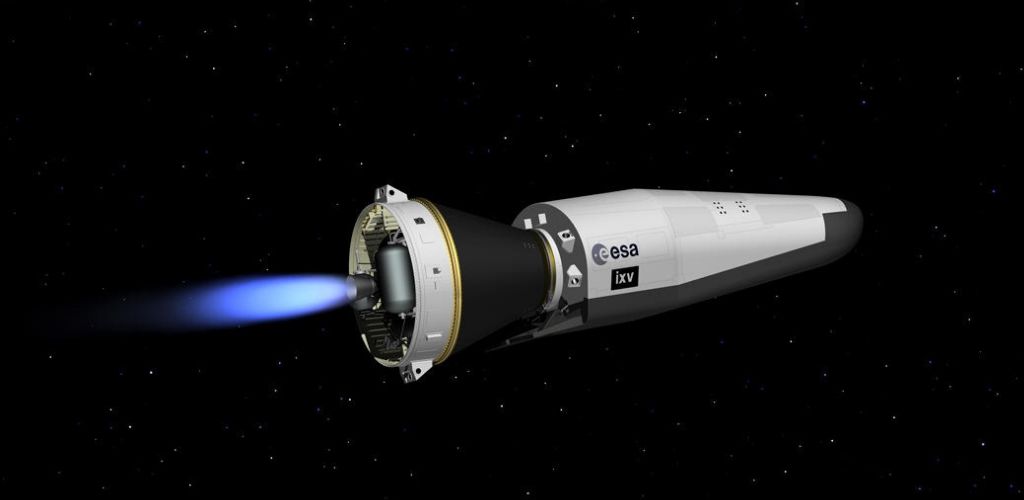
A first demonstration flight of the Space Rider took place in 2015
These numerous technical challenges explain why it is necessary to wait until 2015 to see the demonstration flight of this mini space shuttle. On February 11, 2015, a Vega launcher places IXV on a ballistic trajectory. It does not reach the orbit but climbs to an altitude of 412 km. Its speed is also very close to the speed of an orbital reentry. This time again, it’s a success. The Space Shuttle behaves exactly as planned. With its sensors, it can collect valuable information on its behavior during all phases of the flight. This information allows to continue the program.
The year after this demonstration flight, ESA releases the first funds for the development of an operational vehicle. It must be able to take a payload into orbit, stay there for up to two months and return to Earth in one piece, the Space Rider. This time again, it is mainly the Italian space agency and its industrial partners that drive the project. Space Rider’s design is largely similar to the design of the IXV with some notable differences.
The Space Rider must take place under the nose of a Vega C launcher, significantly more powerful than the Vega launcher that propelled IXV, and its nose is also larger. It would not be surprising that the Space Rider exceeds the 4.40 meters of the demonstrator. This will enable the new European spacecraft to embark a payload of up to 800 kg on behalf of one or more customers. This should make it a true multi-mission tool that can embark on microgravity or Earth observation experiments, and perhaps deploy small satellites.
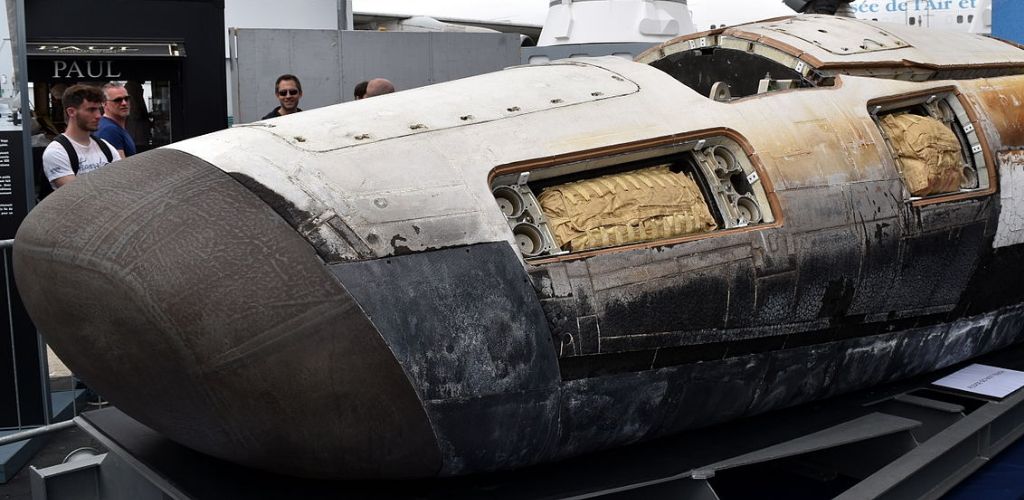
The characteristics of the Space Rider allow great adaptability
In Earth orbit, the Space Rider will be able to maneuver for the duration of its space stay. The upper stage will be used as a service module that will provide propulsion capability to the spacecraft as well as solar panels for power supply. It will however be dropped just before reentry.
The Space Rider will opt for an atmospheric reentry strategy a little different from the reentry strategy of its demonstrator. Once its speed is reduced enough, it will finish its race with a paraglider rather than a parachute. This should allow it a great of control of the end of its trajectory. Its landing will also look more like an airplane with a high horizontal speed. This method of landing will facilitate the recovery because unlike the IXV, the Space Rider will be reusable.
Like its launcher, the Space Rider will take off from Kourou, in French Guiana. Depending on the profile of its mission, several landing sites are possible : Guyana, the Azores or the island of Curacao located in the Caribbean. Beyond its first flight, which should take place around 2021, it is not clear how important the Space Rider will be in the European space strategy. According to its acronym, it’s still a demonstrator. ESA could therefore continue to develop the concept with other space vehicles in next years.
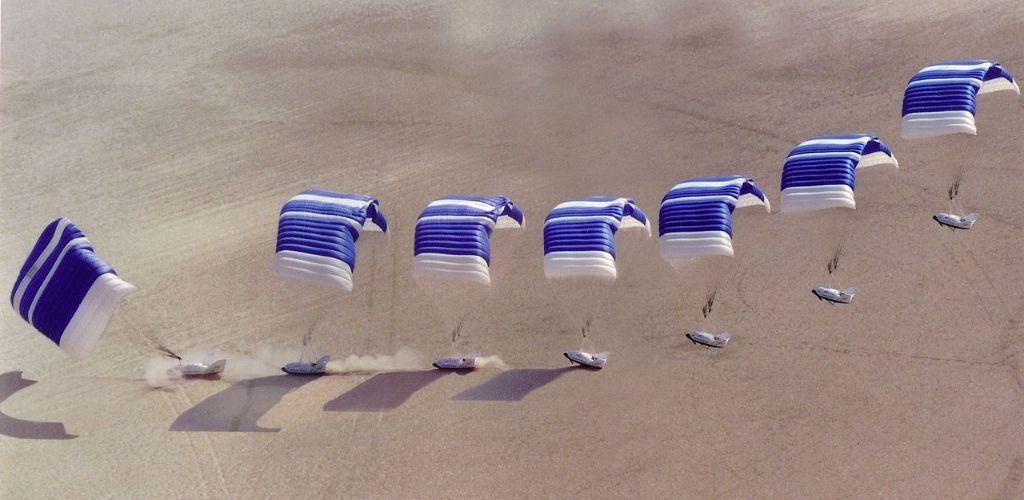
The possibilities offered by space shuttles such as the Space Rider are of interest to many people
The role of the Space Rider will exceed however the simple technological demonstration. ESA has already launched a call to fill the hold of the spacecraft during its various flights. Unlike the X-37B, the military will not have the exclusivity of the Space Rider. There will be no restrictions on the nationalities of the customers either. The space shuttle will be able to embark payloads from all over the world, institutional or commercial. Customers will have to share a cargo hold of 1.2 cubic meters. It is not very big but it should also be possible to perform manipulations in orbit with a robotic arm.
Although ESA will have control of the operations initially, it is already envisaged to privatize the Space Rider. It would then likely fall into the fold of Arianespace around 2025. The company could thus offer a return service of orbit, the opportunity to stand out with a unique offer. According to its specifications, the Space Rider should be reusable at least six times with six months of restoration between each flight. We do not know yet if the first copy will be joined by other copies to constitute a real fleet.
It will probably depend on the commercial success of the first Space Rider. So far, the program has the advantage of being relatively economical with very limited funding. This could result in launch and return prices just slightly higher than those of a simple launch.
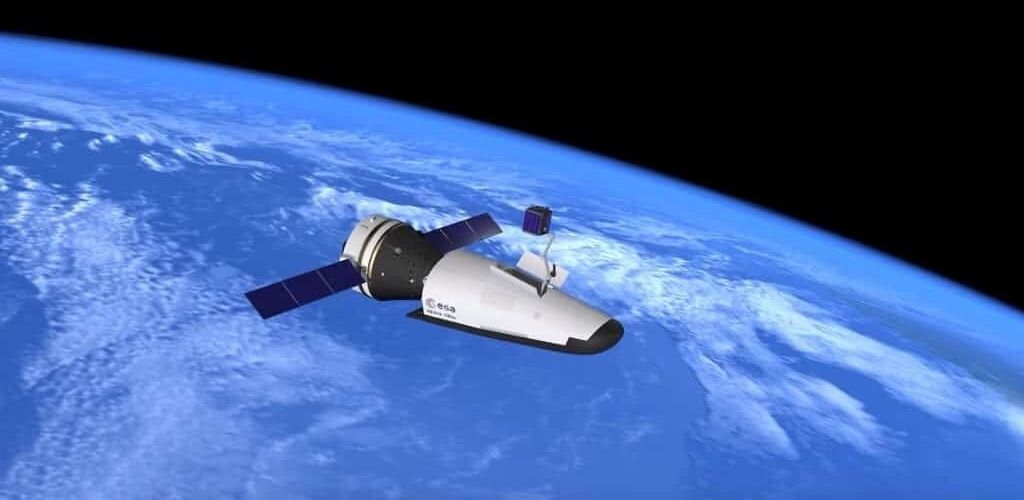
The coming years will be crucial for the Space Rider and for the development of European spacecrafts
It will be necessary to wait a few years before asking the question of the economic viability of the small shuttle. The future European spacecraft has yet to pass a critical review and some tests in preparation for its first flight, like the IXV. We can expect some drop tests as early as this year. The paragliding descent system must indeed be validated in real conditions.
Despite its small size and its small launcher, the Space Rider will be a revolution in European space capabilities. The whole world is now trying to develop highly manoeuvrable space vehicles into orbit for military purposes. It is reassuring to see that Europe is on the same path, but with a civil and commercial approach. We hope that the Space Rider will have all the success it deserves. We can then dream that Europe could make this new skill, especially if we add to the equation a launcher also reusable such as Ariane Next. Why not imagine a more massive Space Rider with a docking ability. Such a vehicle could bring and carry cargo from the ISS, or even the LOP-G.

The first test flight of the space shuttle Space Rider is scheduled to take place in 2020
– News of December 5, 2017 –
The space shuttle Space Rider is due to be launched in 2021 thanks to the Vega C space rocket. It will offer Europe a completely independent way to conduct experiments in orbit, reminiscent of the shuttle X-37B Boeing. The space shuttle Space Rider will be largely automated and reusable several times. Its design is inspired by the experimental shuttle “IXV” (Intermediate eXperimental Vehicle) which had made a suborbital flight in February 2015. For Europe, it is a major advance because Europe knows how to send payloads in orbit since for a very long time, but it has difficulties in getting them back. The experimental space shuttle “IXV” has validated the control of the atmospheric return of a space shuttle.
Space Rider will be able to carry up to 800 kg of payload in low orbit, for periods of several months. It will be launched at the Guiana Space Center in Kourou, and will return to Santa María, Azores. It could potentially be marketed by Arianespace if the market is promising. Space Rider’s preliminary design phase is expected to be completed by 2018. The space shuttle will continue its design until the first test flight in 2020.
ESA develops its reusable shuttle, the Space Rider
– News of July 4, 2017 —
ESA presented at the Paris Air Show its space shuttle project called Space Rider. Europe wants a way to conduct experiments in orbit and then bring them back to Earth. With this in mind, a budget of 32 million euros has been allocated for the development of such a concept. This funding goes to Thales Alenia Space and the Italian Space Research Center.
Space Rider should be a fully automatic reusable space shuttle. Very close to the Boeing X-37B, it would be able to carry a payload of 800 kilos to 1000 kilos to a low orbit at 400 km altitude, then to return automatically after a few months in space. But the European shuttle would be much smaller than the one of Boeing with an estimated length of 4 or 5 meters. It would also be launched by a new version of Vega, the light rocket of the European Space Agency.
Image by ESA website.









